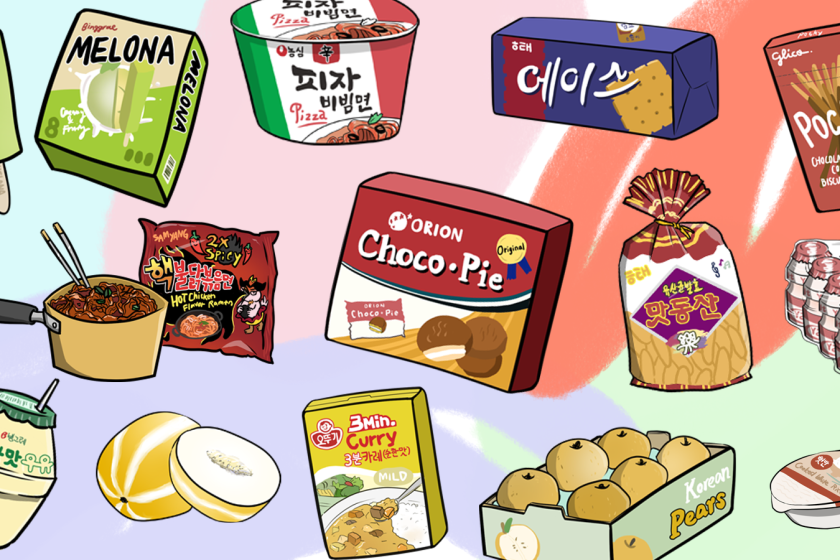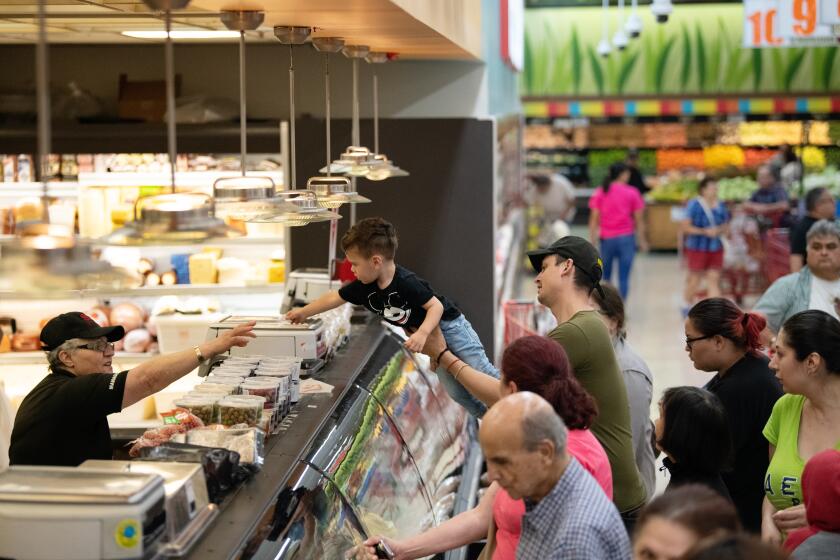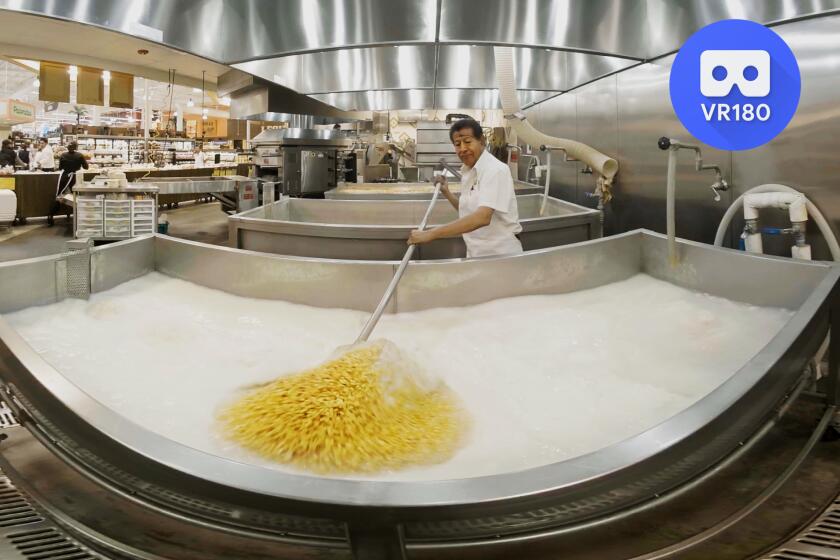We’re big fans of these 11 supermarkets
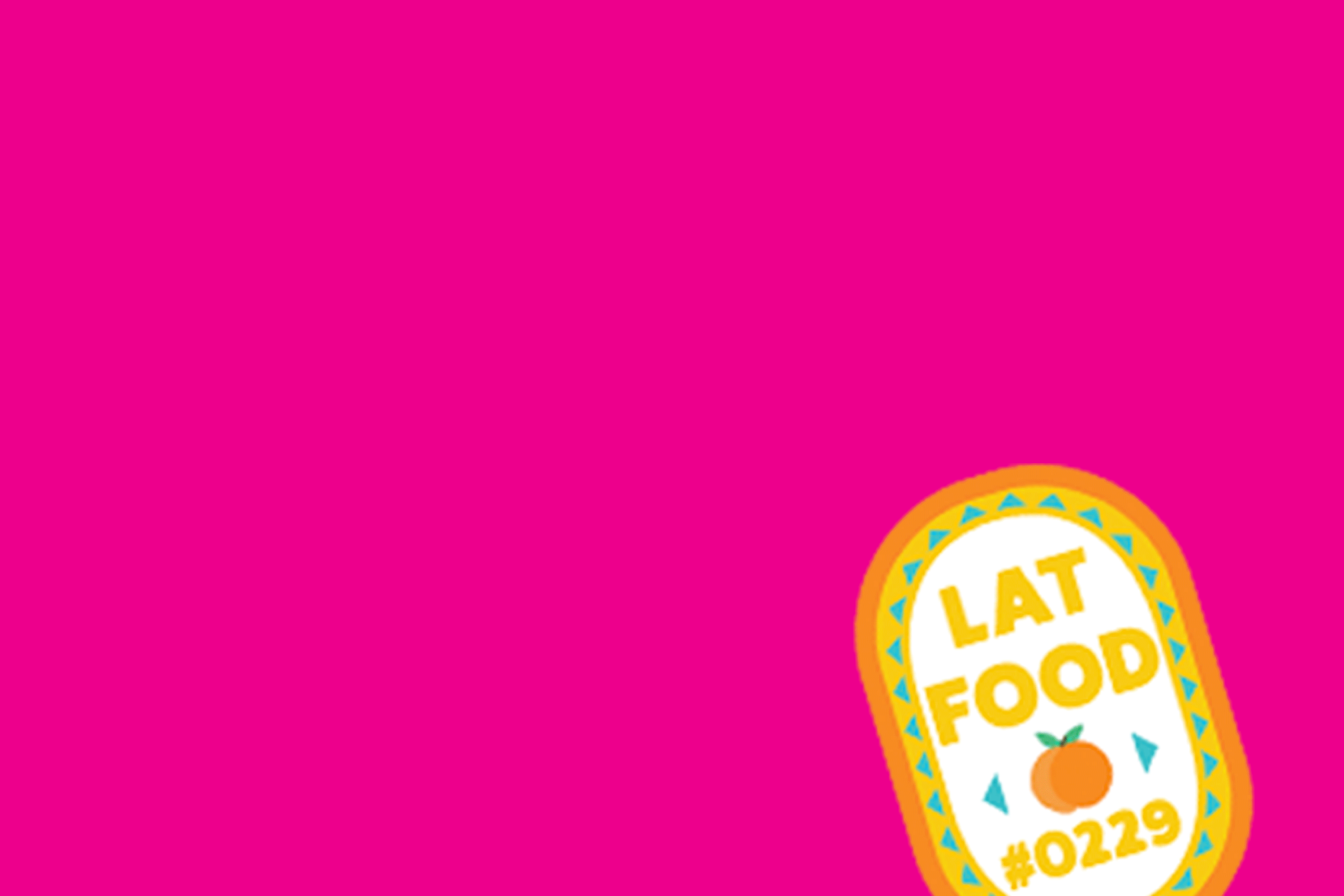
When you ask food people about where they like to shop there are so often one of two answers: a variation on the farmers market (with likely specification of location, day of the week and, depending on how much they like you, which vendors for what) and/or a tiny specialty place that has some fabulous small-batch artisanally milled flour from the guy Chad Robertson uses, or some variation of that. I am squarely one of those people. But also life is life and kids eat Cheerios. So, like it’s MTV in 1992, I thought it’d be fun to find out the true story of where people shop when they stop being foodie ... and start getting real. — Peter Meehan
Marukai Market
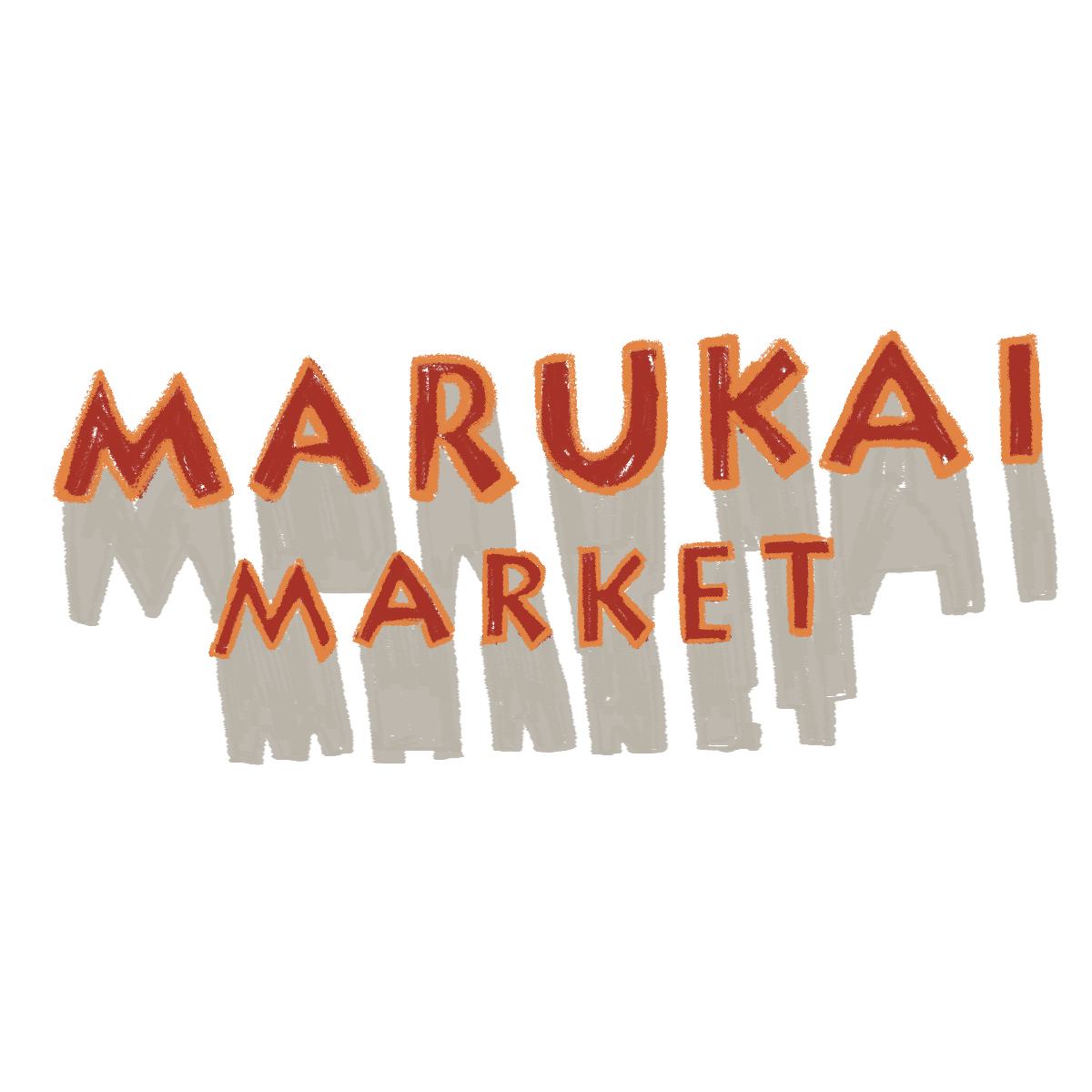
Supermarkets tend to come in one of three flavors: purely functional, attractively middle-class and overblown bougie. But Marukai, the SoCal chain that delivers a blast of Japan in a shopping cart, stands in a class of its own.
One part artisanal extravaganza, one part sensory overload, these are stores of gleaming aisles and graphically appealing packaging. It is surgically filleted Wagyu beef and bright bags of shrimp chips. It is cartoon-cute kitchen sponges and boxes of incense inspired by Edo period block prints. The prepared food section — stuffed with bento, udon, poke, katsu, sushi and Japanese-style egg salad on crustless white bread — is a dazzling temple to quick eating.
At the diminutive Marukai in Little Tokyo you can find lunch for under $6. The related megastore on Artesia Boulevard in Gardena, which operates under the name Tokyo Central, offers far more extravagance. Roughly the size of a Target, it stocks food as well as vintage furniture, stuffed animals, kimonos and even sex toys (“Be Positive, Be Smart, Be Free,” advises the sign overhead).
Naturally, this builds up an appetite, which is likely why the Gardena market also contains a small food court plying staples like ramen, fried chicken and rice balls. It may not be Japan. But it’s exquisitely, ebulliently close. — Carolina A. Miranda
123 Astronaut Ellison S. Onizuka St. #105, Los Angeles; 1212 W. Pico Blvd., Los Angeles; marukai.com
99 Ranch Market

There are markets where you could spend the better part of an afternoon, getting lost in the aisles of produce, bottled sauces and baked goods. 99 Ranch is one of those markets. Taiwanese immigrant Roger Chen opened the first store in Westminster in 1984. Since then, it has become the go-to destination for most Asian ingredients needed for cooking or snacking, with items from Singapore, China, Thailand, Vietnam, Malaysia and Japan. It’s where my grandmother took me to buy lap cheong for her next batch of sticky rice and shrimp chips for my afternoon snack. While we shopped I’d munch on a hot dog bun from the Taiwanese bakery at the front of the store (most locations have one). If you’re looking for rice noodles, fish balls, fermented black beans, curry paste, pork floss, miso, kimchi, rib-eye sliced paper thin for shabu shabu or fresh lychee, this is the place. And it’s where you’ll find some of the best deals on fresh seafood as well. — Jenn Harris
Multiple locations at 99ranch.com
Trader Joe’s
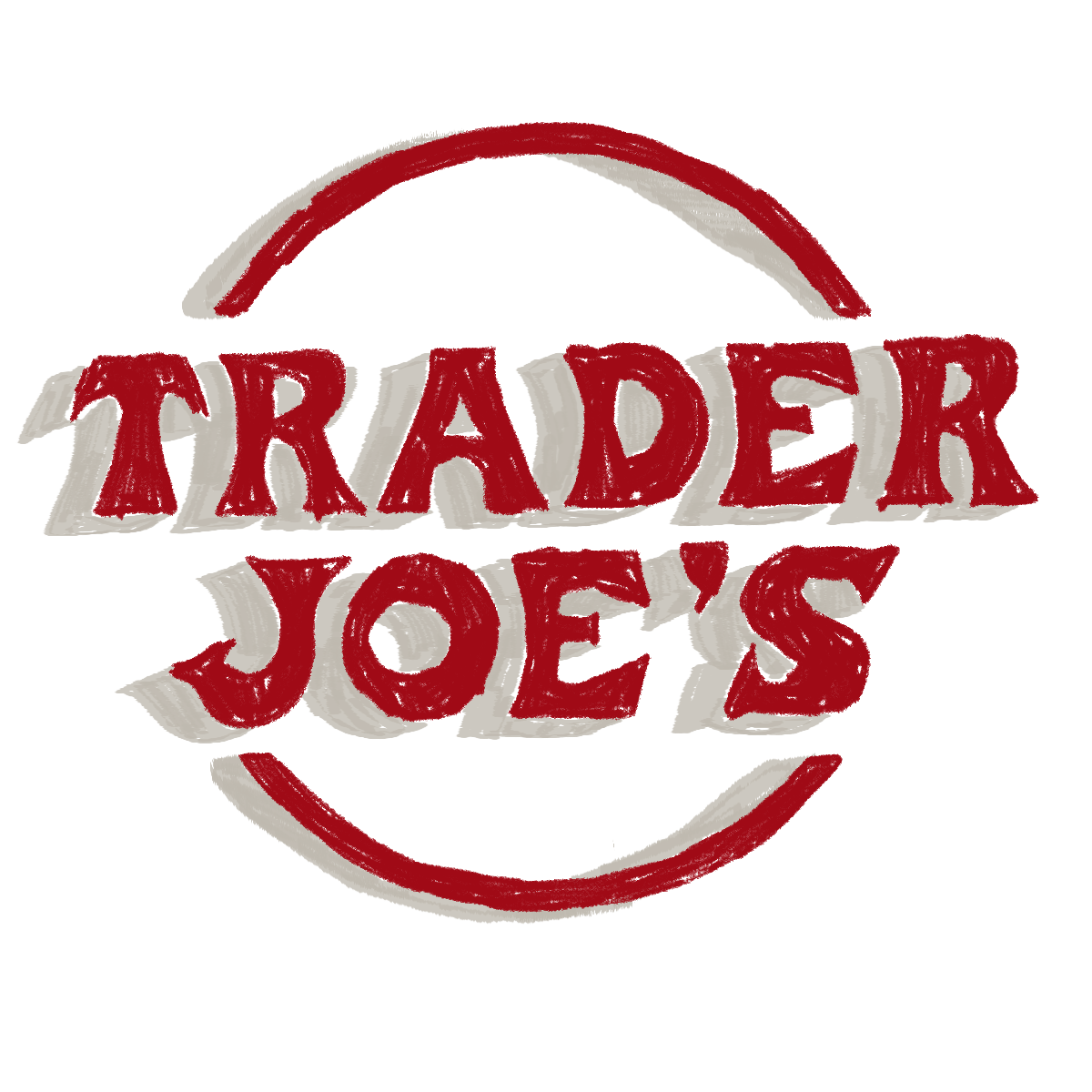
Frozen orange chicken? Tubs of chocolate peanut butter cups? Name-brand alcohol for $4 less than at the supermarket? Awesome. A guy named Joe Coulombe opened the first store in Pasadena in 1967, inspired by a book called “White Shadows in the South Seas” and the Disneyland Jungle Cruise ride. I’m not alone in my enthusiasm. I follow a woman on Instagram whose sole posting purpose is to upload her weekly haul at TJ’s. But despite my intense love for this half-baked grocery store, I recognize that there are only a handful of products actually acceptable to buy once you cross over into adulthood. They are (in order of acceptableness): everything bagel spice, caramelized onion dip, all the cheeses, dried fruit, nuts (you can create a pretty exceptional cheese and charcuterie board via TJ’s), eggs and mango sorbet that tastes like real mangos. — Jenn Harris
Multiple locations at traderjoes.com
Ralphs
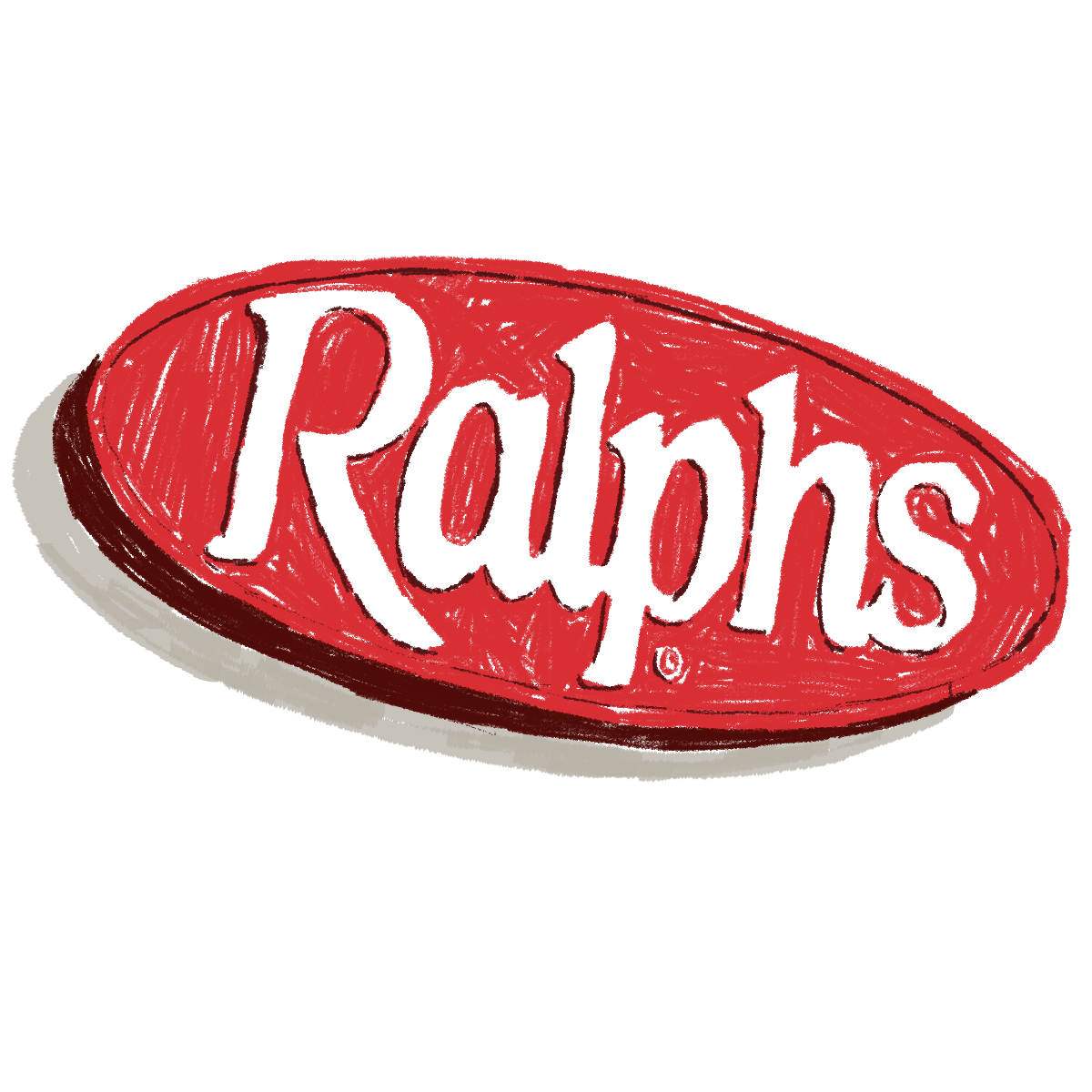
Albertsons was my first American supermarket experience but it’s Ralphs that retained my loyalty. I’ve been a Ralphs shopper since I was a teenager. Our San Clemente Ralphs was staffed by friendly people and stocked with well-priced items. The clearance rack at the back and the over-the-top holiday displays tickled my family. We didn’t know that it was one of America’s first supermarkets; it was always pleasant, not pretentious and never sketchy.
In the 1990s when I lived on the Westside, I frequented the Ralphs on Wilshire at Bundy; the nearby Vons and Pavilions didn’t speak to me. After my boyfriend revealed that his mom adored Ralphs in the Valley, I loved him extra and eventually we married.
Ralphs is owned by Kroger, the nation’s largest supermarket chain, but the Southern California stores come in different flavors. For example, Ralphs Fresh Fare stores have more organic produce than a regular Ralphs. The USC, UCLA and downtown Los Angeles stores reflect the vibes of their distinctive neighborhoods.
As with any grocery store, you have to shop smart — explore the aisles for gems (I once found Three Crabs fish sauce), go early for better selection, befriend the butchers, fishmongers and produce folks, and seek quality and value from store brands (Simple Truth is a clean product line).
When I recently asked my mom about her preferred grocers, she named Stater Bros. and Albertsons. Then she quickly added, “But I go to Ralphs about three times a week.” — Andrea Nguyen
Multiple locations at ralphs.com
The Persian cucumbers are always a mob scene.
Shun Fat Supermarket
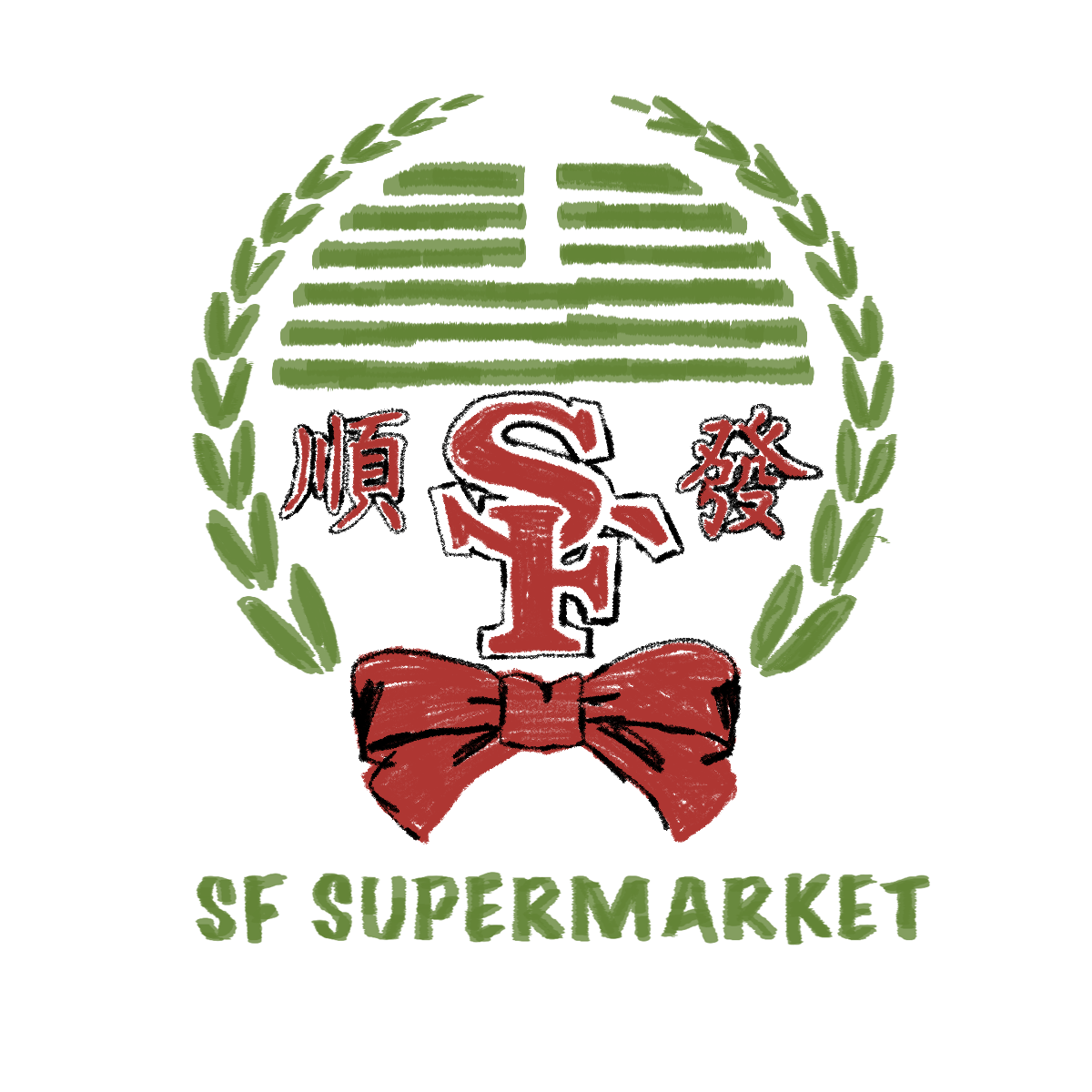
Let’s get this out of the way: Shun fat means prosperity in Chinese. The chain of Chinese-Vietnamese American supermarkets started in Monterey Park and has since spread to Nevada, Texas and Oregon. The markets go by a variety of names, such as SF Supermarket, Thuan Phat Supermarket and “X location” Superstore, but regardless, they are known for their megastore footprint.
Small, bustling Asian markets can evoke being in Asia, but Shun Fat outposts like the Westminster Superstore on Beach Boulevard near the 405 freeway overwhelm. Opened in 2005 in a former Big Kmart, it’s a place for exploring. The seemingly vast inventory leans heavily toward Southeast Asia, and the aisles are wide so you may leisurely wander.
My family often grocery shops together so going to Shun Fat is a group activity. I typically spend too much time perusing the condiments aisle, where there are the usual go-to brands along with unusual imports from all over the Pacific. Meanwhile, my dad and husband are likely studying the liquor, and my mom is assessing produce deals and/or advising someone on what brand of rice to buy.
We lose one another and eventually regroup to compare notes, pile all our picks into one shopping cart and check out. We drive home, pondering the wonderful meals to come. — Andrea Nguyen
Two locations in San Gabriel Valley, two locations in Orange County, shunfatsupermarket.com
LAX C
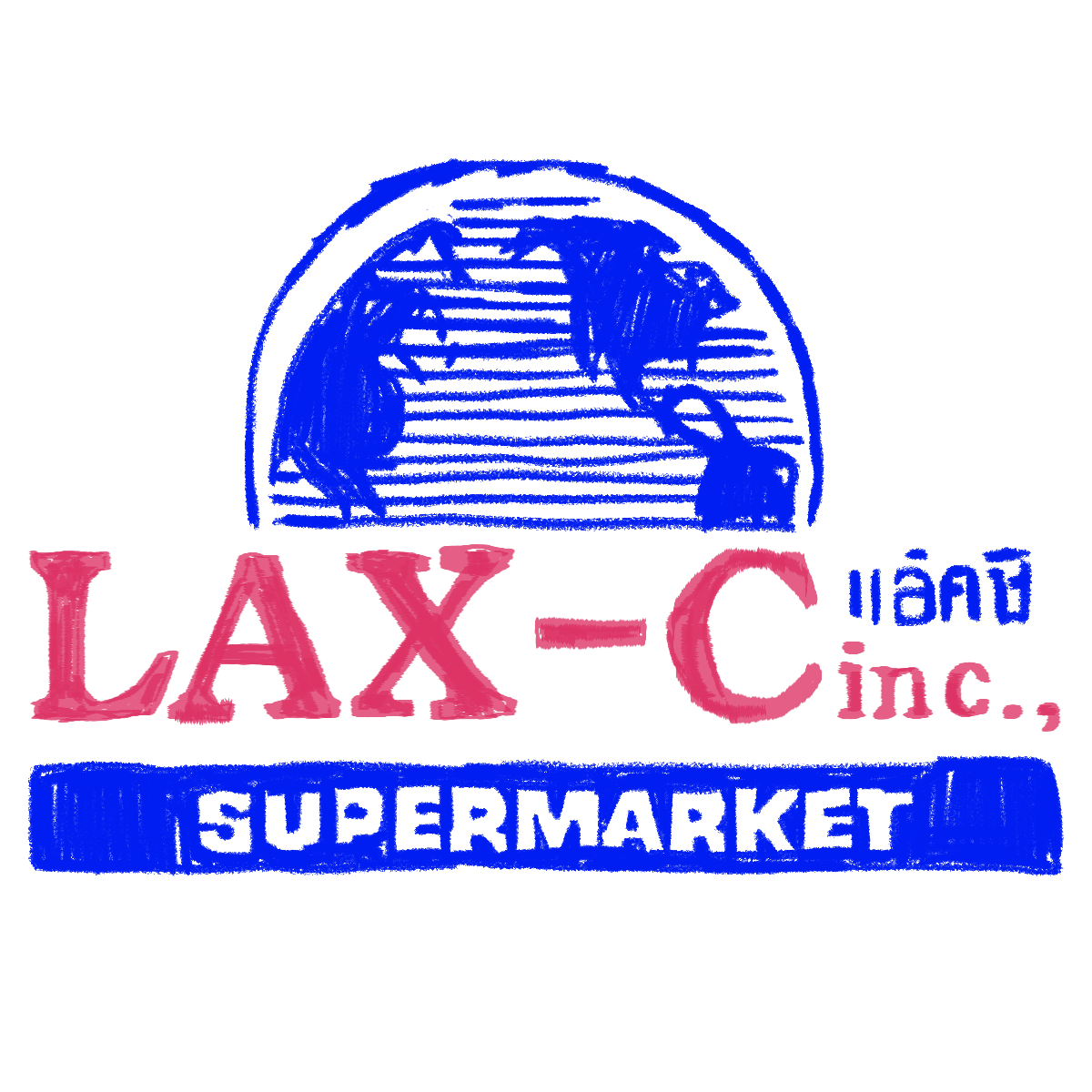
Lax C is one of the main reasons I decided to open Pok Pok L.A. in Chinatown: Not only is it the best source for Thai groceries, produce and equipment but Lax C is also a hub for the L.A. Thai community. Every Thai restaurant owner shops there and the Thai-language newspaper is published on the grounds. Furthermore, it is an immigrant family-run business and an American success story. Anak Bholsangngam owns and runs this business and several others in L.A. with his extended family, and is considered a prominent member of the Chinatown community. Grandma presides over the prepared-food counter in the market, which sells curries, sweets and stir-fried dishes of her own recipe. One of the aunties opened E Sea Fresh in the same complex, and it is one of the better Thai restaurants in L.A., known for its kuaytiaw pet (duck noodles). The youngest members of the clan, Anak’s sons Amorn and Amnaj, operate Chimney Coffee House next door, where they have established a cool spot for the folks who live and work in the neighborhood to gather and grab a well-crafted cup of joe and a bite to eat. The coffee beans are roasted on the premises. It’s an institution. — Andy Ricker, chef, restaurateur and author of Pok Pok cookbooks
1100 N. Main Street, Los Angeles, (323) 343-9000, lax-c.com
In the first episode of “Off Menu,” Food columnist Lucas Kwan Peterson and Jazz Singsanong, longtime proprietor of the Thai Town restaurant Jitlada, head to LAX-C, a vast, warehouse-like grocery store that’s sometimes known by its informal nickname, Thai Costco.
No Supermarkets Ever (As long as Yummy doesn’t count)
I am a chef turned home cook who started as a caterer at age 16. I have shopped for and schlepped more food in the past 50-something years than most folks will in a lifetime. I love food. I love looking at it, holding it, figuring out what I can do with it and, of course, eating it. Nothing gave me a greater sense of security than walking into walk-in refrigerators or garage-sized pantries when I had restaurants. Now I cook every day at home. And yet I hate supermarkets and will do anything not to shop in one. Exclusions are the occasional forays into an Asian supermarket or trolling the aisles of an Italian ipermercato, but that’s not shopping, that’s research.
I am a person who is easily overstimulated by visual input. I also have problems making decisions and am too ambitious when planning future meals. I am Jewish so there are issues of scarcity. I am not immune to point-of-purchase temptation. Add to that my deeply held belief that the choice of 42,200 items put before us in the average supermarket isn’t generated by consumer need but by industrial profiteering. Supermarkets are basically my hellscape come to life. I get most of my vegetables at the farmers markets, filling in with the anti-farmers-market Yummy, which is nearby. I think I love Yummy a little too much. Its curated tiny selection is perfect for my last-minute fill-in shopping. If I occasionally need the wide selection that a supermarket provides, I can summon one of the grocery delivery services. I rationalize using this kind of grocery delivery because I never, as in ever ever, order food delivered. Somehow I manage to feed myself and others with little food waste. Sometimes a lot is too much. — Evan Kleiman
Five locations in the Greater Los Angeles area, yummy.com
Northgate González Market
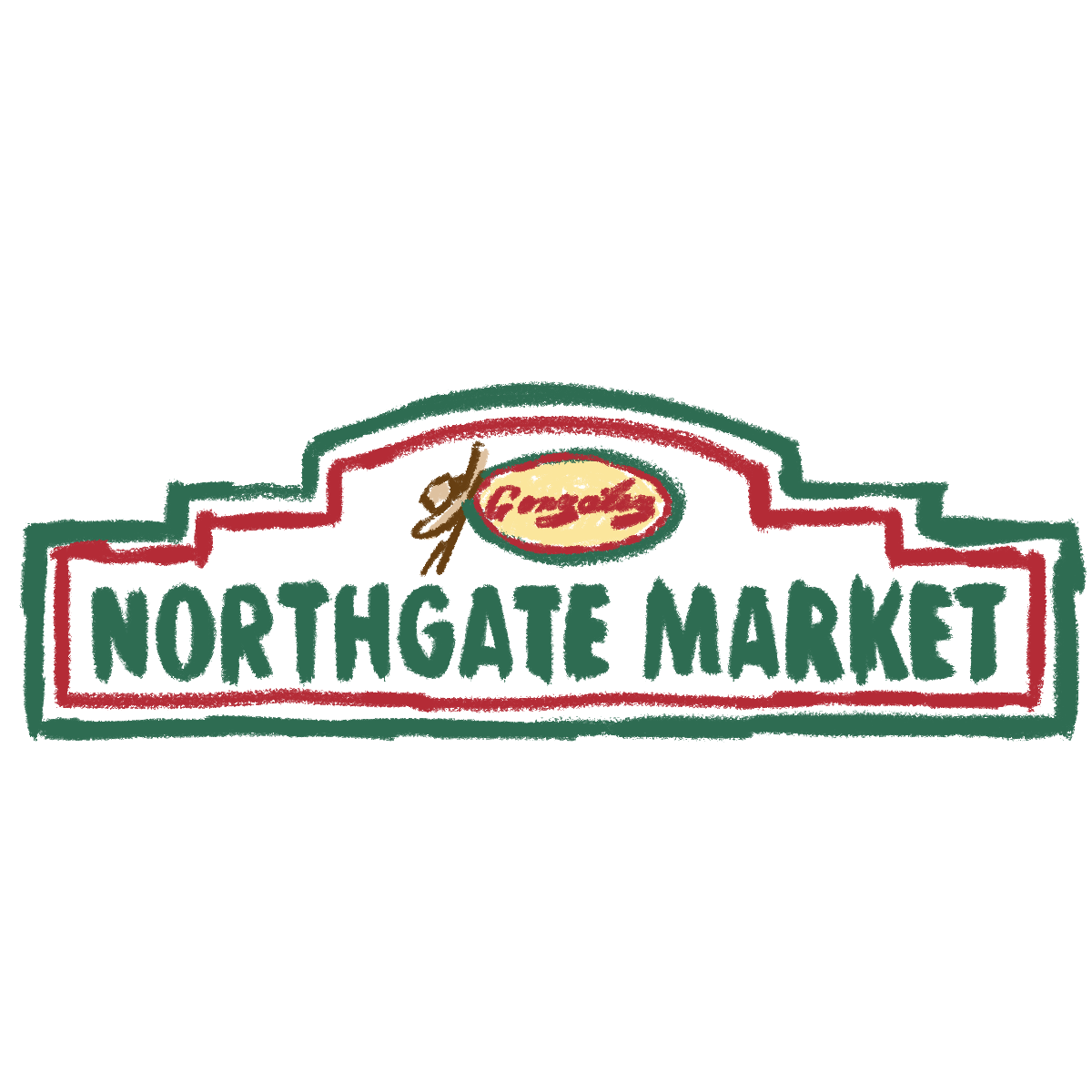
Northgate González Market is a marvel. It’s a vast food wonderland. The comparisons to a “Mexican Whole Foods” are inevitable but why mince words? Northgate is better than Whole Foods. What began as a modest, family-run grocery store opened by Mexican immigrants in Anaheim in 1980 has flourished into dozens of stores throughout the Greater Los Angeles area. Anyone can stock a store with Cheerios and Coca-Cola — what makes Northgate so good is how well it does prepared foods. A vast salsa bar. A dozen ceviches. Freshly fried chicharrones and carnitas chopped on-site daily. Menudo on weekends. Oaxacan cheeses, guacamole made to order, assorted tamales and vats of cremas you didn’t even know you needed. And that’s to say nothing of the tortillerias and panaderias, stores-within-the-stores, which create tortillas, freshly fried chips, bolillo rolls and pan dulce for all occasions. If you’ve never been: You’re in for a treat. — Lucas Kwan Peterson
Multiple locations in Southern California at northgatemarket.com
Northgate González Markets, with dozens of locations in Southern California, can make tens of thousands of tortillas a day in one location. We shot an immersive, 180-degree video to see exactly how the tortillas are made, from start to finish.
Mitsuwa
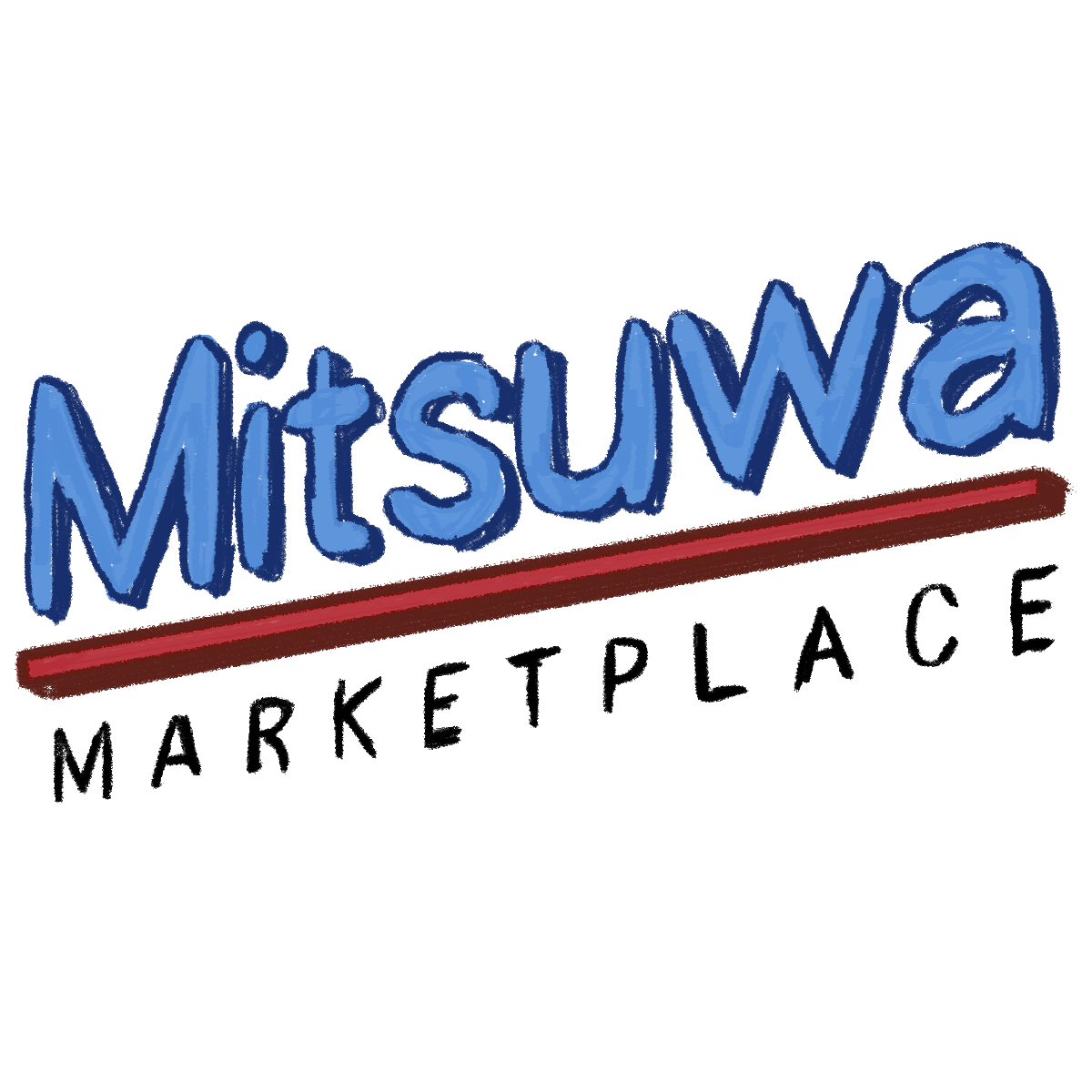
In my elementary school lunchroom, I had serious bento box envy. It wasn’t just the boxes themselves — Hello Kitty, glossy wood — it was the nori rice, rolled omelets and glazed eel inside. It all seemed unattainable. Until I went to Mitsuwa. It’s an education in Japanese cooking, a place where supermarket meets food court. The tidy shelves and ample signage lead anyone to next-level eating. Beginners can go just to slurp a bowl of ramen at the Santouka food stall or pick up a box of Pocky from the cookie aisle. Those ready to try preparing a dish at home can stock up on ready-made sauces and marinated meats. Cooks in the know can get everything they need. Shiso leaves are in the produce aisle, tobiko and mackerel in seafood, fuzzy-logic rice cookers line up next to donabe ceramic rice pots. And there are, of course, a range of bento box styles. — Genevieve Ko
Multiple locations in Southern California and across America, mitsuwa.com
Wholesome Choice
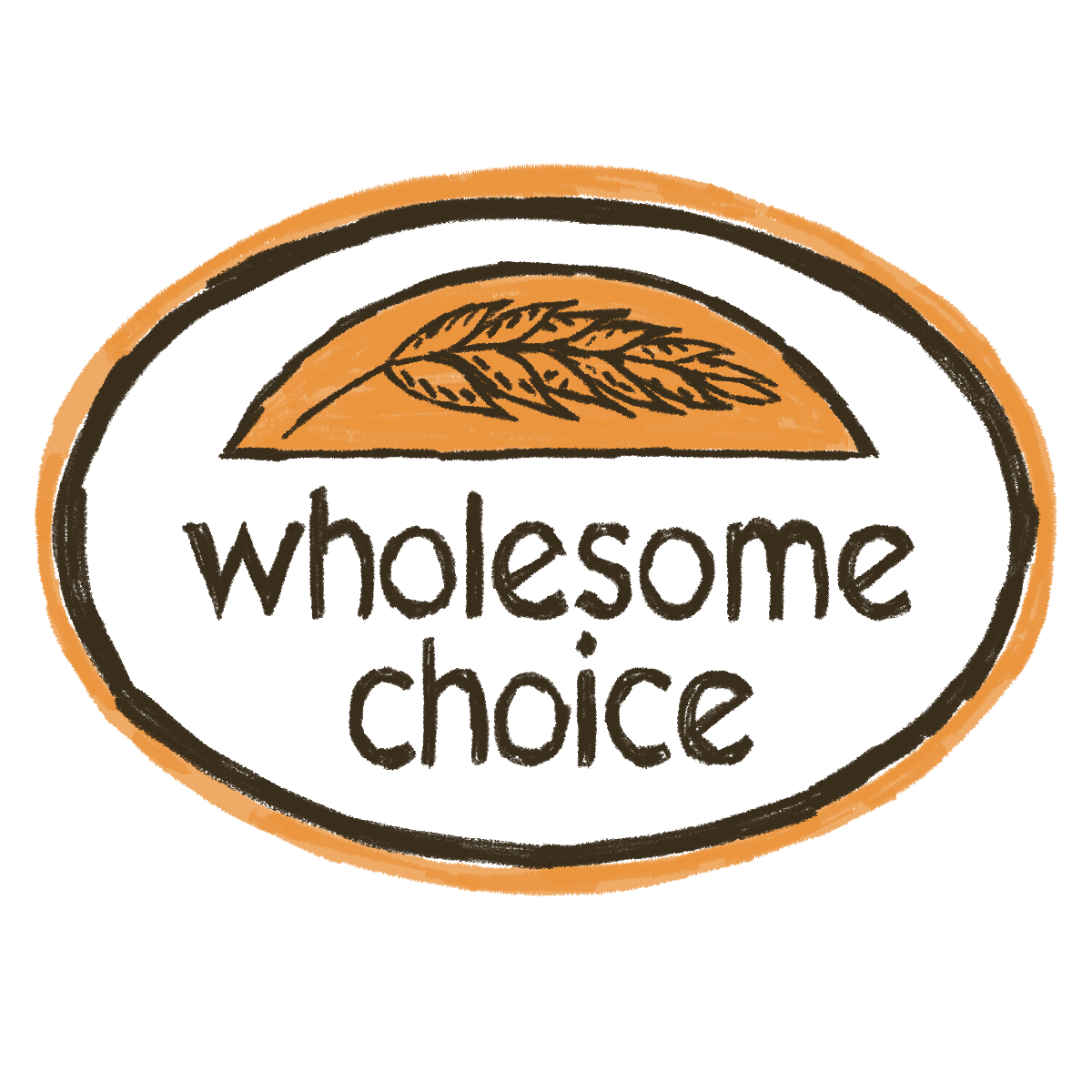
A massive grocery store and food court in an Irvine shopping mall, Wholesome Choice began as a market for the area’s vibrant Persian community and has expanded to include an extensive selection of foods from many other regions, notably Mexico, South America and other parts of the Middle East. The first thing you’ll notice after you grab a cart is that there’s a line by the door next to the rows of fresh produce: This is for sangak, a Persian flatbread that is made on-site. Get in line and get at least one of them; you’ll be tearing off bites of the warm bread as you do your shopping. There are more fresh fruits, vegetables and herbs than at many farmers markets, as well as rows of spices and condiments and aisles of grains and teas. The dairy cases are filled with labneh, halloumi and other often hard-to-find cheeses, and there’s a bakery case loaded with baklava and other sweets. Don’t forget the prepared-food section at the far end of the store, which is stocked with kebabs, hummus, falafel and dips (the spicy eggplant is pretty great on that sangak), as well as Indian, Chinese, Italian and Mexican dishes. — Amy Scattergood
18040 Culver Drive, Irvine, (949) 551-4111, plus another location in Anaheim, wholesomechoice.com
Alpine Village

Imagine a German neighborhood shopping complex imported to a sunburnt South Bay parking lot and you have Alpine Village (the village is more metaphorical than actual), a network of shops and restaurants near the junction of the 405 and the 110. Opened in 1968, the place is known mostly for its annual beer-sodden Oktoberfests, but the market is just as destination-worthy. A congenial warehouse filled with German and Northern European specialty products, it also features a bakery and a butcher shop that’s been making award-winning sausages for a quarter of a century, mostly by hand. There are aisles filled with 200 different kinds of beer, plus European wines and liquors, as well as an excellent selection of chocolates, marzipan, cookies and candies. Fresh sauerkraut and pickled herring? Yes. A wall of mustard? Of course. Nutella? Need you ask? And if you have a secret love for the tubes of cod roe and packages of brown bread that some of us associate with childhood train rides and World Cup soccer marathons, there’s plenty of that too. — Amy Scattergood
833 W. Torrance Blvd., Torrance, (310) 327-4384, alpinevillagecenter.com
More to Read
Eat your way across L.A.
Get our weekly Tasting Notes newsletter for reviews, news and more.
You may occasionally receive promotional content from the Los Angeles Times.
